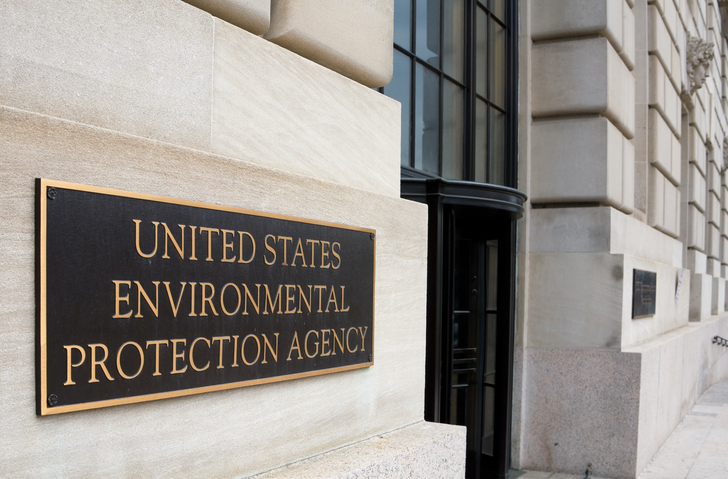As previously reported in ELM, microplastics – plastic fragments smaller than 5 millimeters in length – have been found everywhere from Antarctica (https://environmentallawmonitor.com/emerging-issues/microplastics-found-for-the-first-time-in-freshly-fallen-snow/) to human lung tissue (https://environmentallawmonitor.com/emerging-issues/study-finds-microplastics-in-human-lung-tissue/) to, especially, bodies of water (https://environmentallawmonitor.com/emerging-issues/can-biofilm-engineering-be-used-to-address-microplastics-pollution/). This ubiquity has led to an increased number of studies and ever-improving sampling methods for the purposes of reversing the omnipresence of microplastics.
After years of research involving several dozen laboratories, last week, California’s Water Resources Control Board approved microplastics testing requirements – the world’s …
Continue Reading









